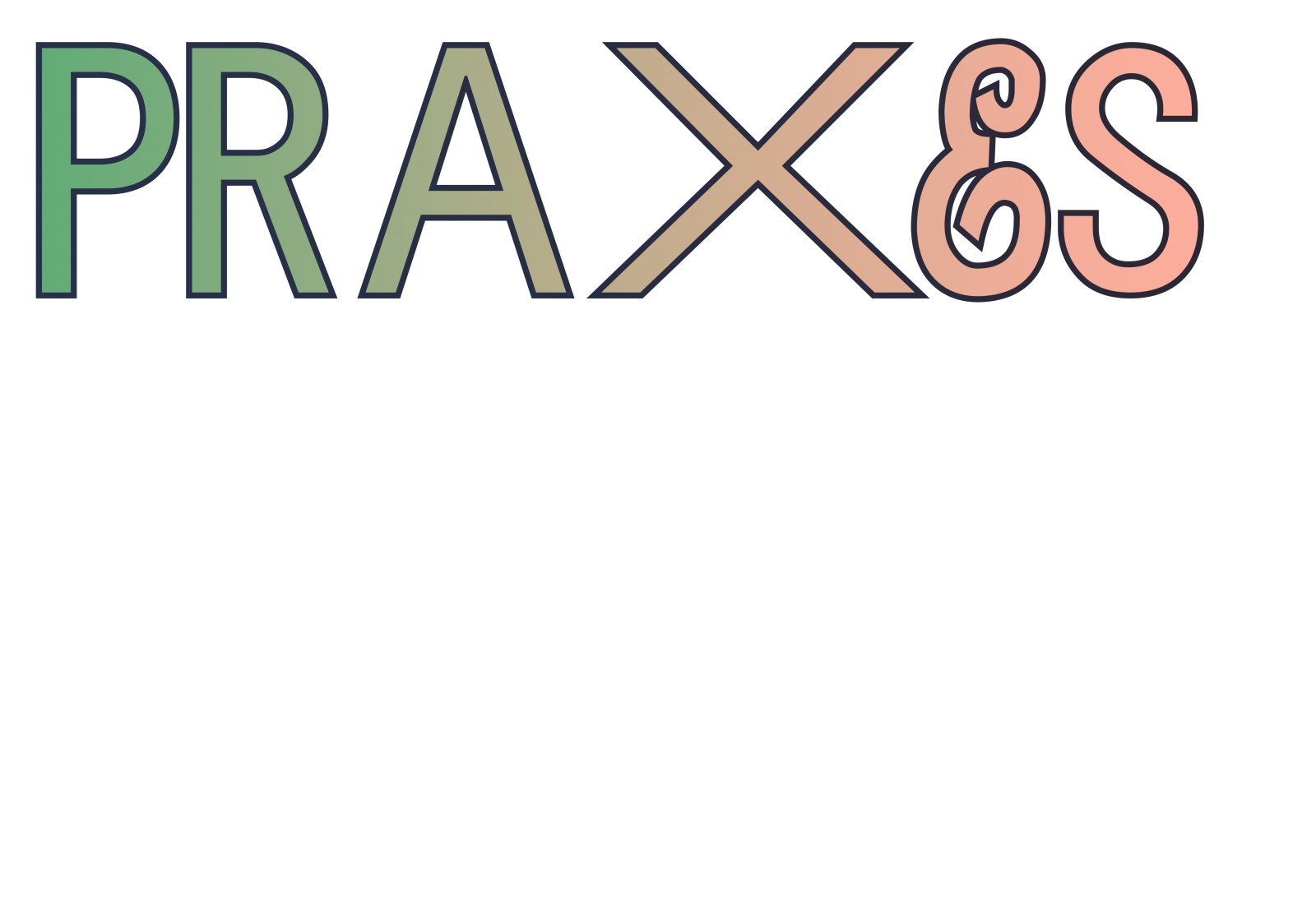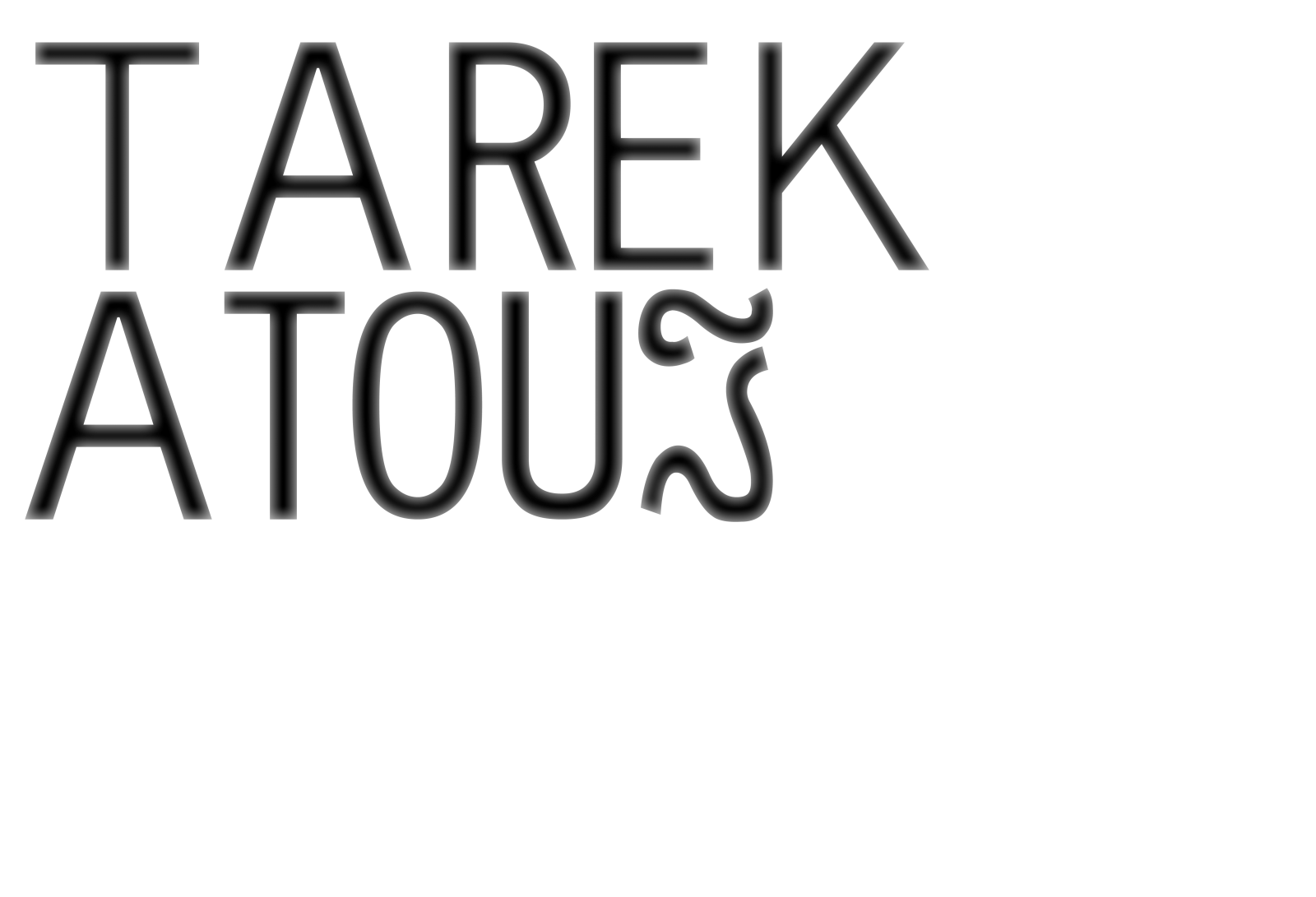Seminar 2.
Louis Moreno and Nora Sternfeld
SEMINAR 2.
LOUIS MORENO AND NORA STERNFELD
The second seminar in Bergen built on Mollona and Rogoff’s initial inquiry into ‘what is an infrastructure?’ by examining the practices and techniques which over the last four decades have made infrastructure a question that is not only political and economic, but increasingly cultural and spatial.
The first half of the day drew on texts by David Harvey and Judith Butler to survey the rise of financialisation and neoliberalism. Here we considered the nature of an emerging regime of infrastructure able to ‘culture’ the spatial and corporeal debt of individuals to capital. The texts we explored to ask how can we create bodies capable of resisting the apparatuses of debt and credit? What kind of counter-infrastructures might release people from debt economies?
The second half took its point of departure from one of the most simple ‘infrastructures’ available. Beginning with the device of the table, and using Jacques Derrida’s reflections on Marx’s figure of the commodity fetish in motion – the ‘dancing table’ – we considered how we assemble as groups, communities, institutions, states, etc. What are the possibilities for deconstructing the infrastructures of cultural representation to create the potential for a different kind of Bergen ‘assembly’?
SUGGESTED READING
David Harvey, “Rebel cities: from the right to the city to the urban revolution”, Verso Books, 2012.
– Chapter 5 ‘Reclaiming the City for Anti-Capitalist Struggle’
Judith Butler, “Bodies in Alliance and the Politics of the Street”, European Institute for Progressive Cultural Policies, 2011.
Jacques Derrida, “Specters of Marx: The State of the Debt, the Work of Mourning and the New International”, Routledge, 2012.
– Chapter 5 ‘Apparition of the Inapparent: The phenomenological “conjuring trick”
Karl Marx & Friedrich Engels, “The Communist Manifesto”, 1848.


